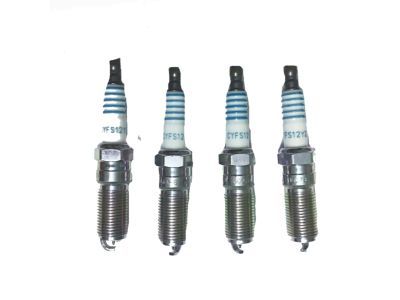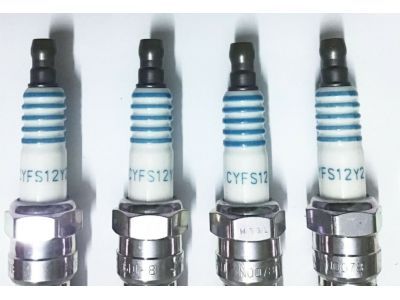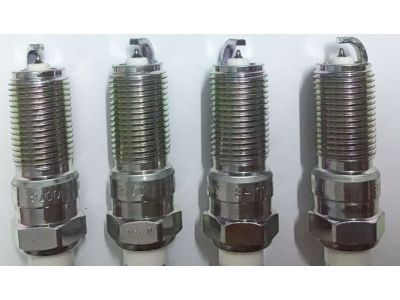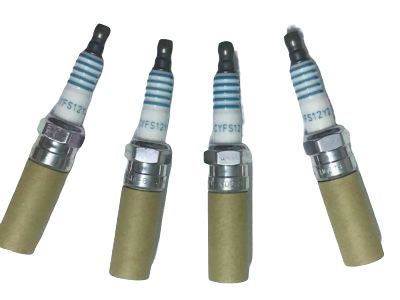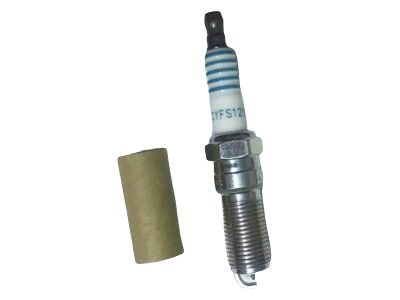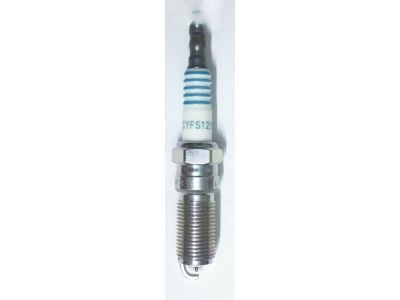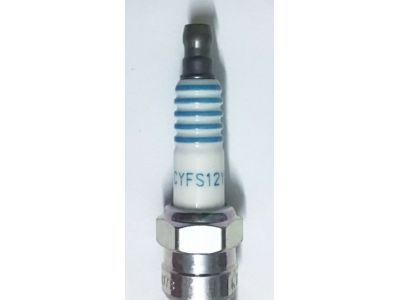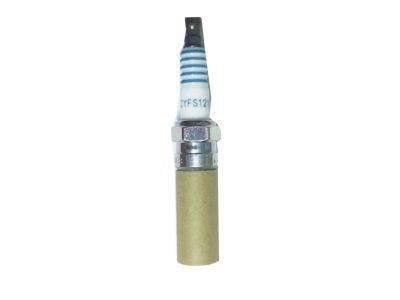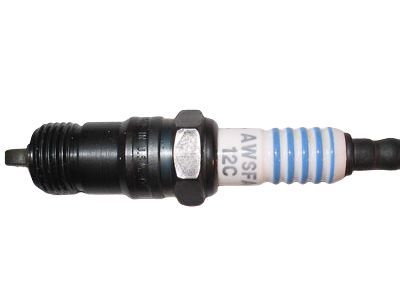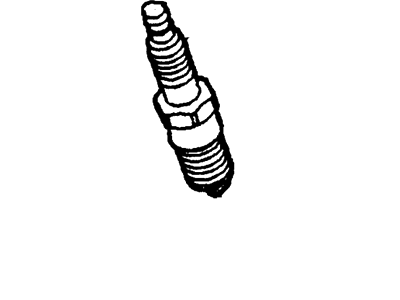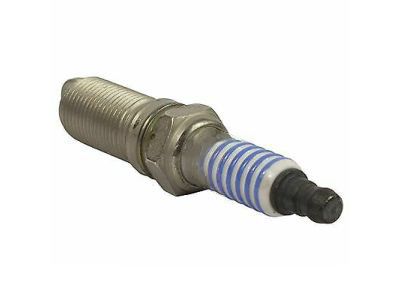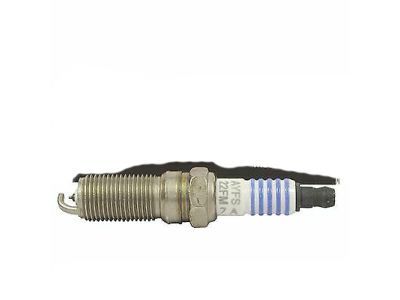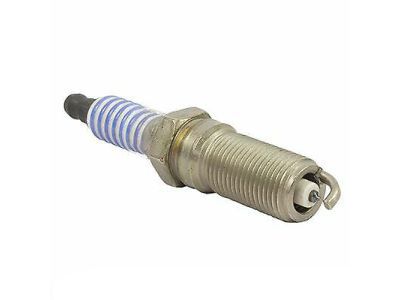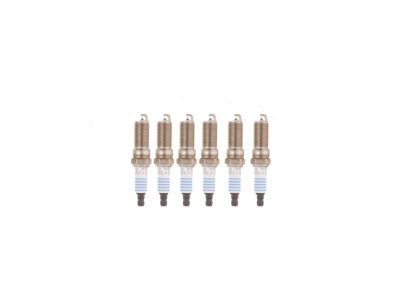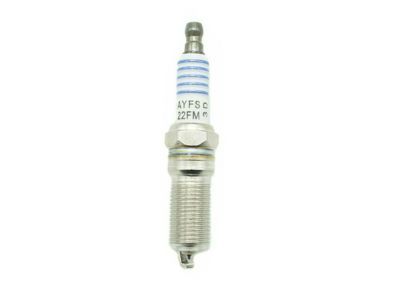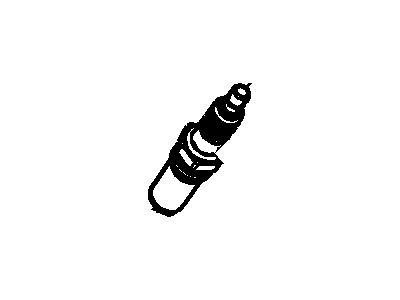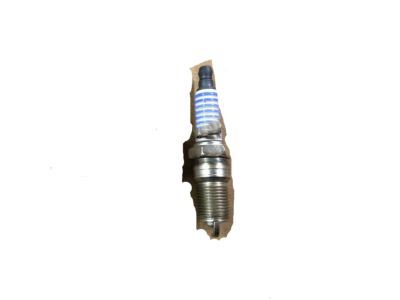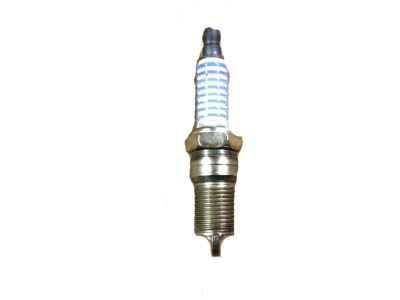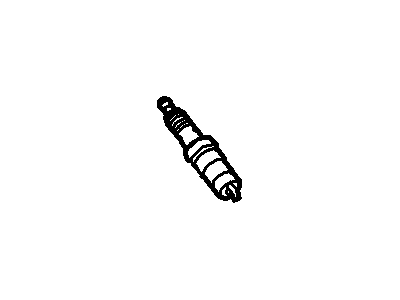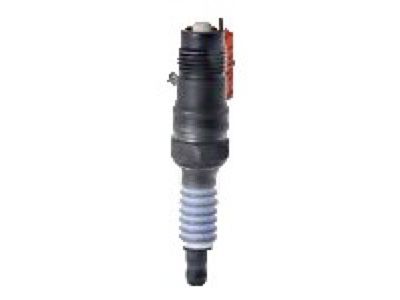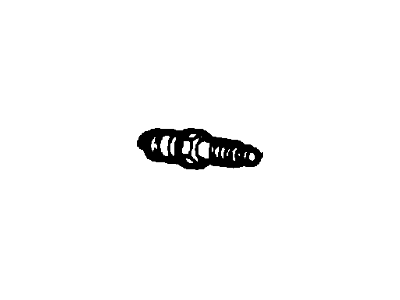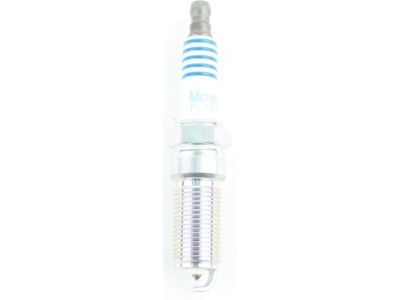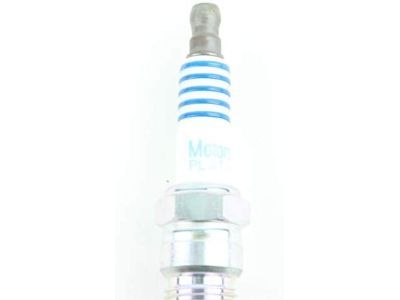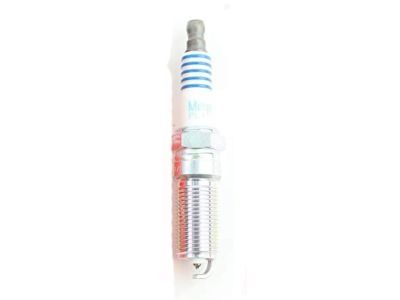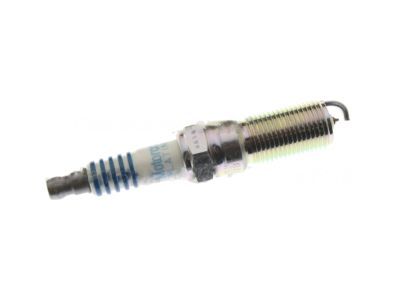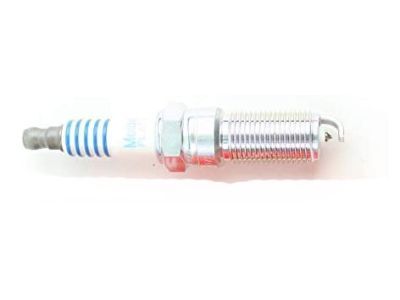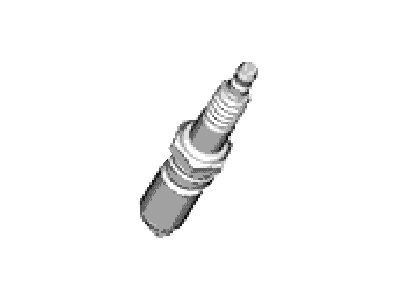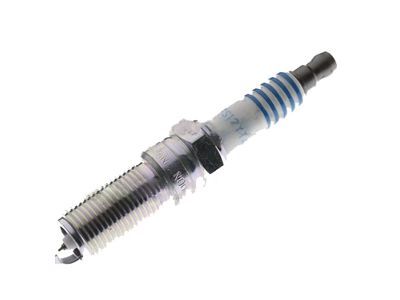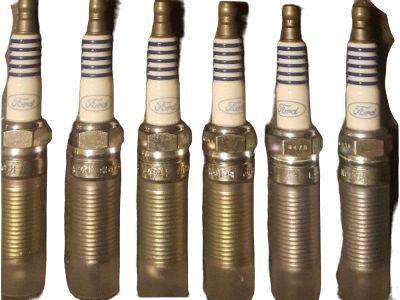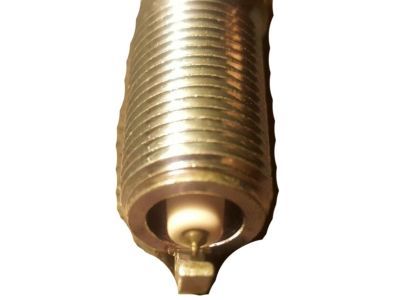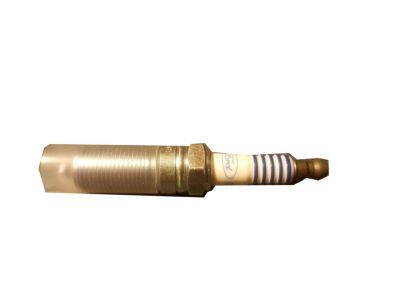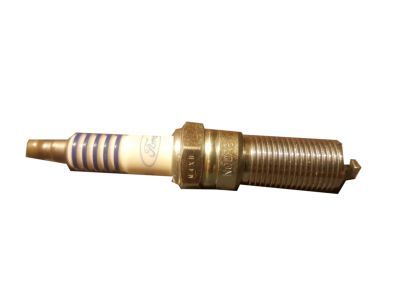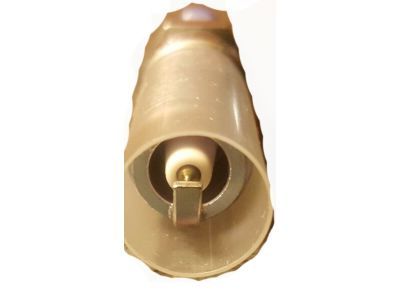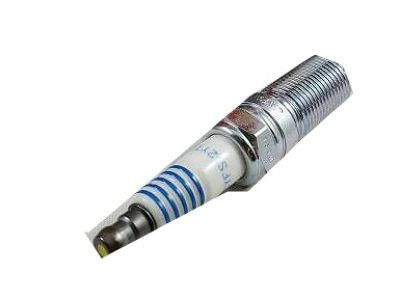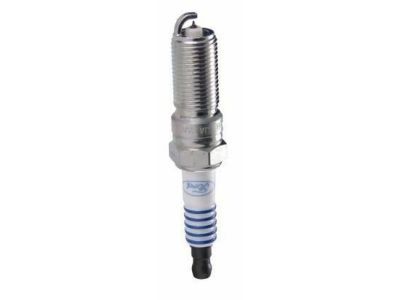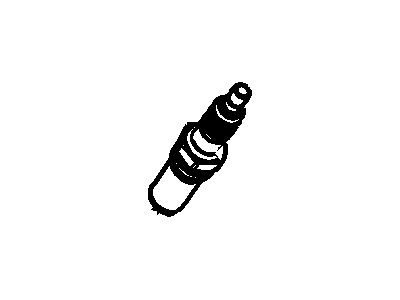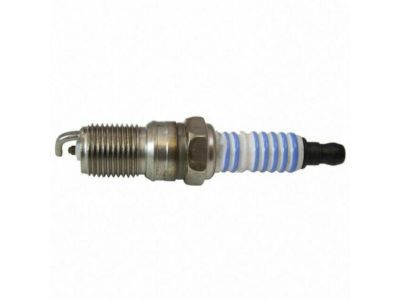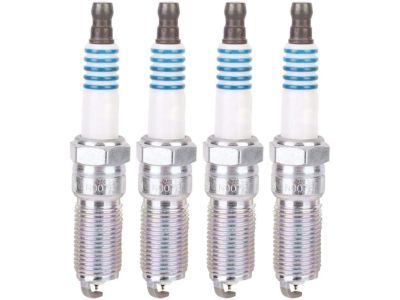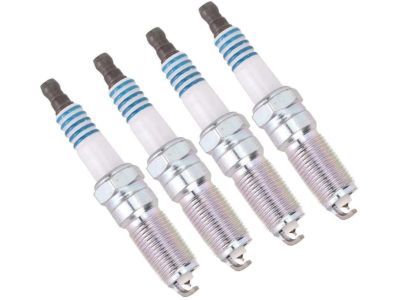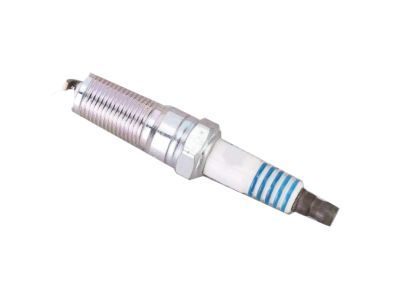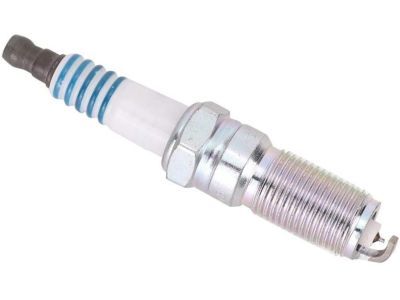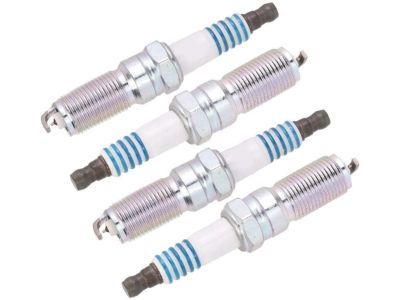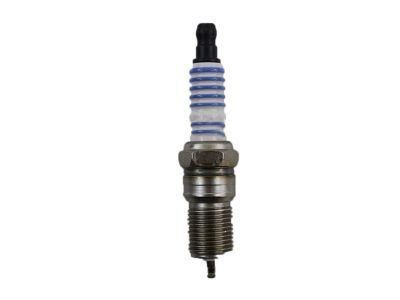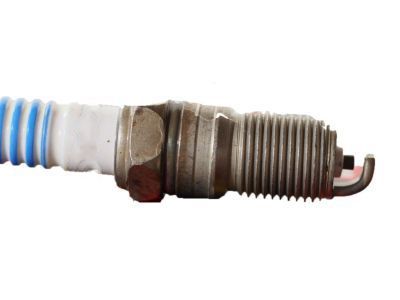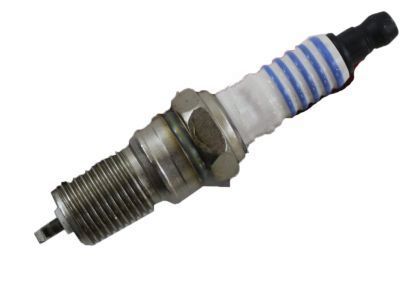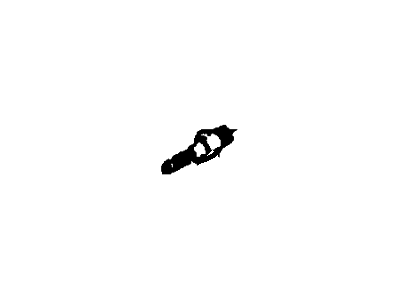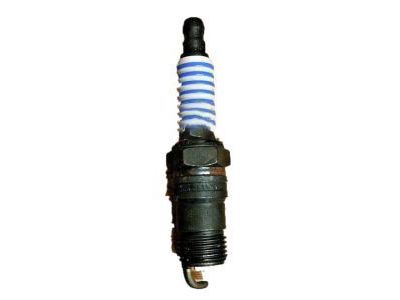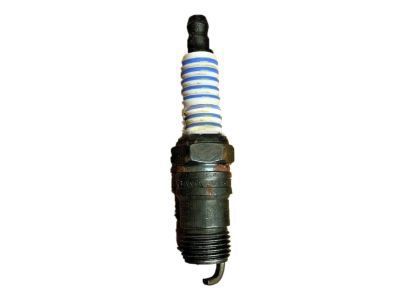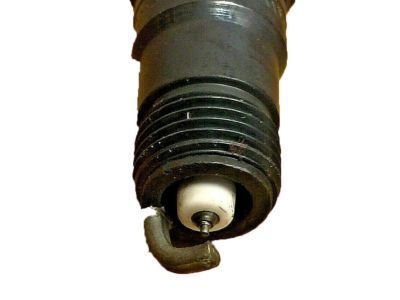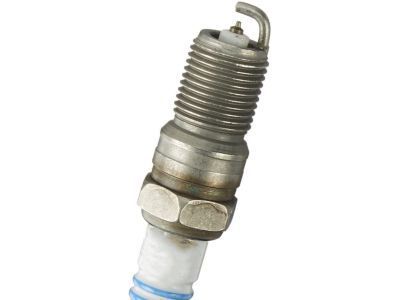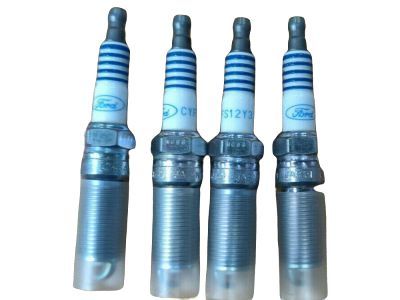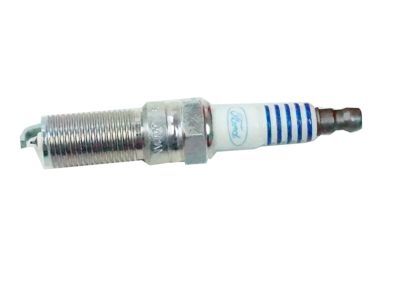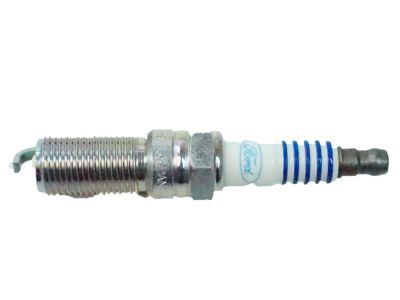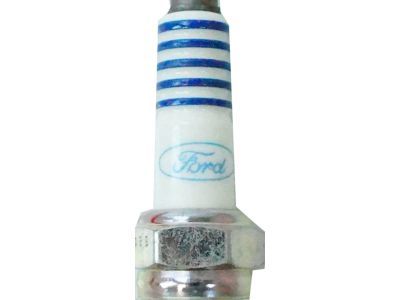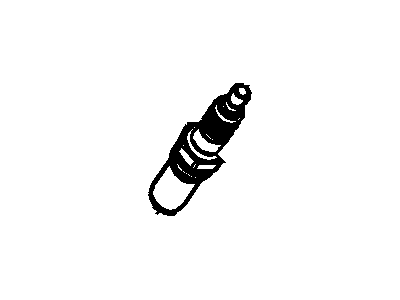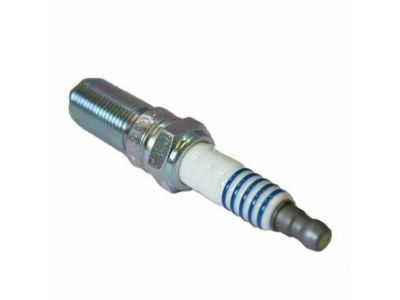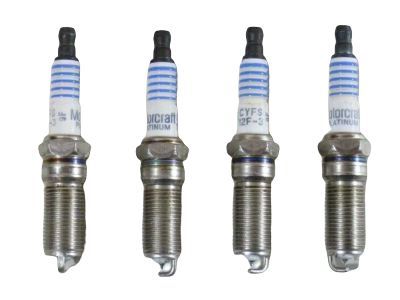

My Garage
My Account
Cart
Genuine Ford Taurus Spark Plug
Ignition Spark Plug- Select Vehicle by Model
- Select Vehicle by VIN
Select Vehicle by Model
orMake
Model
Year
Select Vehicle by VIN
For the most accurate results, select vehicle by your VIN (Vehicle Identification Number).
16 Spark Plugs found
Ford Taurus Spark Plug
Part Number: AYFS-22F-M$5.11 MSRP: $8.15You Save: $3.04 (38%)Ships in 1 Business DayFord Taurus Spark Plug
Part Number: AGSF-22F-M$5.49 MSRP: $8.76You Save: $3.27 (38%)Ships in 1 Business DayFord Taurus Spark Plug
Part Number: AWSF-44C$3.17 MSRP: $4.63You Save: $1.46 (32%)Ships in 1 Business DayFord Taurus Spark Plug
Part Number: CYFS-12F-5$4.97 MSRP: $7.93You Save: $2.96 (38%)Ships in 1-2 Business DaysFord Taurus Spark Plug
Part Number: AGSF-32P-M$5.86 MSRP: $9.35You Save: $3.49 (38%)Ships in 1 Business DayFord Taurus Spark Plug
Part Number: CYFS-12Y-PC$11.14 MSRP: $17.76You Save: $6.62 (38%)Ships in 1 Business DayFord Taurus Spark Plug
Part Number: AGSF-32N$4.70 MSRP: $7.49You Save: $2.79 (38%)Ships in 1 Business DayFord Taurus Spark Plug
Part Number: AWSF-32F-$5.24 MSRP: $8.36You Save: $3.12 (38%)Ships in 1 Business DayFord Taurus Spark Plug
Part Number: AGSF-32F-M$5.24 MSRP: $8.36You Save: $3.12 (38%)Ships in 1 Business DayFord Taurus Spark Plug
Part Number: CYFS-12-Y3$11.30 MSRP: $18.02You Save: $6.72 (38%)Ships in 1-3 Business DaysFord Taurus Spark Plug
Part Number: CYFS-12F-3$11.30 MSRP: $18.02You Save: $6.72 (38%)Ships in 1-3 Business DaysFord Taurus Spark Plug
Part Number: AWSFA-32C$4.51 MSRP: $7.20You Save: $2.69 (38%)Ships in 1 Business DayFord Taurus Spark Plug
Part Number: AGSF-32W-$5.56 MSRP: $8.87You Save: $3.31 (38%)Ships in 1 Business Day
Ford Taurus Spark Plug
The Spark Plug in Ford Taurus mainly functions in contributing a spark in the combustion process of the vehicle; it is the first spark contributing in igniting fuel/air mixture in the engine. It contains a central electrode, metal terminal, and a ceramic insulator all of which are covered by a steel casing. Copper core, platinum, iridugs, and double platinum are the four basic types when it comes to Spark Plugs, and these vary on durability and performance. The spark which is made by the ignition coil occurs to ignite the air/fuel mixture and through the movement of the piston down. Spark Plug reach, heat range, and materials of the electrodes are chosen with reference to the specific uses and ignition systems in order to provide an improved combustion rate of the air/fuel mixture and, therefore, improved engine output. Replacing Spark Plugs and maintaining them, can help in avoiding misfires, rough idling, and low fuel millages in Ford Taurus cars.
We provide a wide range of Ford Taurus Spark Plug at the best prices possible. If you need Ford Taurus Spark Plug, you can shop with confidence on our website. All our OEM parts come with a manufacturer's warranty and are delivered to your door step with a fast delivery service.
Ford Taurus Spark Plug Parts Questions & Experts Answers
- Q: How to replace spark plugs in a Ford Taurus?A:The spark plugs are located in the center of the valve cover(s). Access to the rear cylinder bank spark plugs on V6 models requires removal of the upper intake manifold. The tools necessary for spark plug replacement include a spark plug socket which fits onto a ratchet, various extensions and a gap gauge to check and adjust the gaps on the new plugs. A torque wrench should be used to tighten the new plugs. When replacing the spark plugs, purchase the new ones in advance, adjust them to the proper gap and replace the plugs one at a time. Be sure to obtain the correct plug type for your particular engine. Allow the engine to cool completely before attempting to remove any of the plugs. While waiting for the engine to cool, check the new plugs for defects and adjust the gaps. The gap is checked by inserting the proper-thickness gauge between the electrodes at the tip of the plug. If the gap is incorrect, use the adjuster on the gauge body to bend the curved side electrode slightly until the proper gap is obtained. All models are equipped with individual ignition coils which must be removed first to access the spark plugs. If compressed air is available, use it to blow any dirt or foreign material away from the spark plug hole. Place the spark plug socket over the plug and remove it from the engine by turning it in a counterclockwise direction. Compare the spark plug to those shown in the photos located on the inside back cover of this book to get an indication of the general running condition of the engine. Apply a small amount of anti-seize compound to the spark plug threads. Install one of the new plugs into the hole until you can no longer turn it with your fingers, then tighten it with a torque wrench or the ratchet. It is a good idea to slip a short length of rubber hose over the end of the plug to use as a tool to thread it into place. Repeat the procedure for the remaining spark plugs.
Related Ford Taurus Parts
Browse by Year
2019 Spark Plug 2018 Spark Plug 2017 Spark Plug 2016 Spark Plug 2015 Spark Plug 2014 Spark Plug 2013 Spark Plug 2012 Spark Plug 2011 Spark Plug 2010 Spark Plug 2009 Spark Plug 2008 Spark Plug 2007 Spark Plug 2006 Spark Plug 2005 Spark Plug 2004 Spark Plug 2003 Spark Plug 2002 Spark Plug 2001 Spark Plug 2000 Spark Plug 1999 Spark Plug 1998 Spark Plug 1997 Spark Plug 1996 Spark Plug 1995 Spark Plug 1994 Spark Plug 1993 Spark Plug 1992 Spark Plug 1991 Spark Plug 1990 Spark Plug 1989 Spark Plug 1988 Spark Plug
